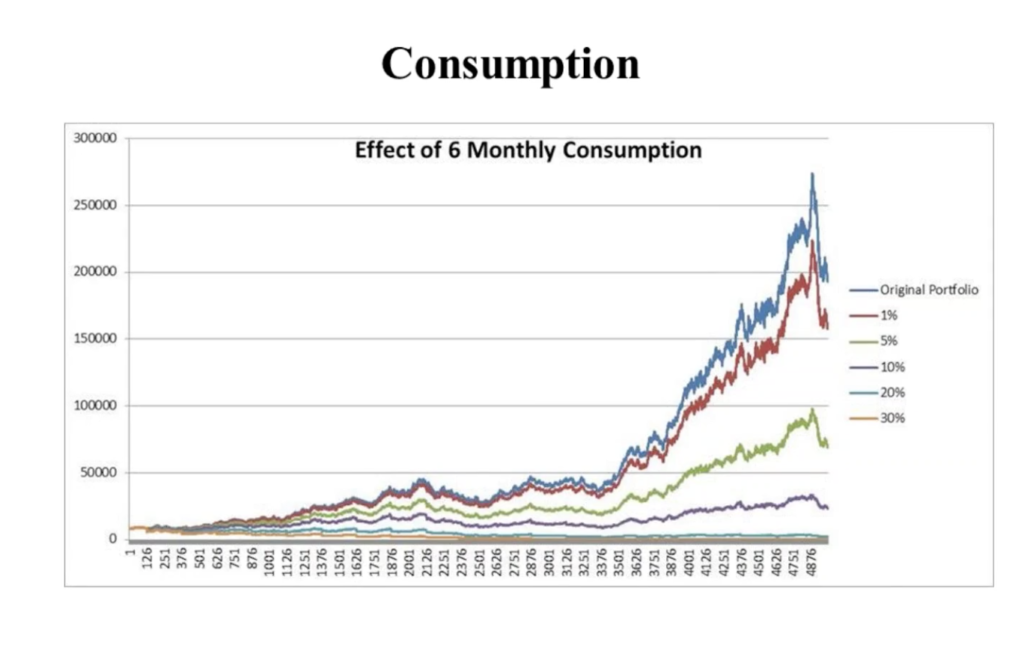I knew there’d be a time when I’d need to write this and I think now would be a good time. Here’s some advice from various traders which are worth a watch/listen when I’m losing money.
The first thing to do after a series of losers
S.T.O.P.
- Step back
- Take time out
- Organise your thoughts
- Proceed
Take some time to reflect on what’s happened. Log and review my trades. Then go through the four Ms of trading. Did I:
- Manage the money: Didn’t risk too much, traded with a stop loss, was realistic with the entry and exit. The key is to always be able to fight another day.
- Manage the markets: Trading the right markets at the right time. Am I being realistic trading these markets? Are they too volatile? Am I stretching myself too much to cover those markets?
- Manage the method: Did I break my trading rules? Am I making a regular mistake? Am I being patient?
- Manage the myself: Am I supported? Am I well rested? Was my mindset in a good place? Was I tired, distracted or emotional? Are there identifiable trends in my own habits?
Putting a trading loss into context
The whole video is important to watch. Once you’ve reflected, forget about what’s happened and move on with your plan. Managing emotion is what will make me a good trader.
Not making progress
Experience in the markets is so valuable – if you can get a years worth of trading experience without loss, you’ve just gotten an education which didn’t cost you much.
When things aren’t going well don’t lose the faith. Self-belief is a really important commodity for a trader, build on your self-awareness and self-belief through analysis of your trades and visualising your trades.
Keep reviewing your trades, build on your self-awareness and identify any learnings – small tweaks will make the difference in the end. And remember trading gets easier the longer you do it.
Coming back from a drawdown
A drawdown can be a few weeks to a few months for a swing trade. The key is to keep trading – don’t stop trading, take a break if you need – but stay in the game. The most important thing to do is downsize the positions. Build up your track record and confidence, then increase the position again.
Coming back from a big trading loss
It’s possible to come back from big loses, take time out to put a plan in place, then start again. Expect it to take a long time (maybe years) to come back from.
